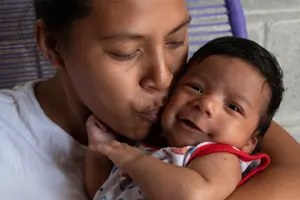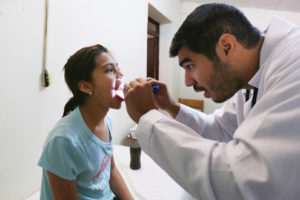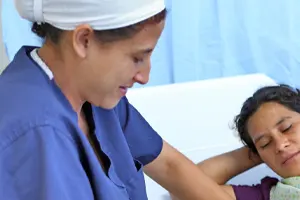Lack of Healthcare Infrastructure
The World Health Organization reports only 57% of Guatemalans have access to essential healthcare services. The problem disproportionately affects rural and indigenous communities due to geographical remoteness, poverty, and a shortage of healthcare facilities and professionals. As a result, many Guatemalan children don’t receive the preventive care and treatment they need to stay healthy.
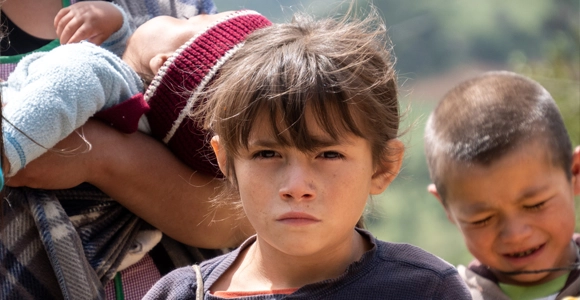
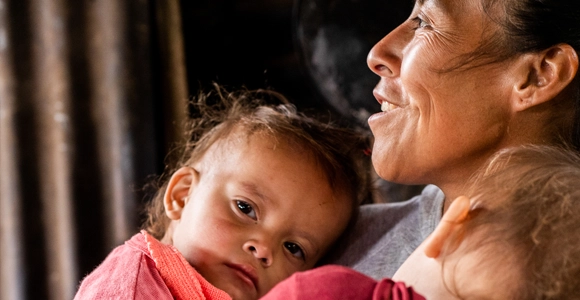
Mortality Rate Drops But A High Number of Deaths Are Easily Preventable
Guatemalan children face significant health challenges due to the lack of infrastructure in the country. FFTP works with the government to address the root causes of malnutrition and reduce the impact of preventable or treatable diseases. In recent years, Guatemala has made significant progress, and the under-five mortality rate has dropped by nearly 70% since 1990. But there’s still much work to be done.

